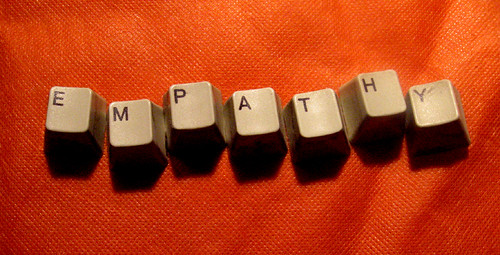Yesterday I taught my very first class to a lovely group of upper-intermediate teenage students in one of our many outposts. I'd made up my mind to try something different and fresh this semester so I went for an ice-breaker activity using Ipads in the classroom. Here's how it went.
 |
| My PicCollage |
We used an app called PicCollage, which allows you to create posters with photos, stickers, and text, among other cool features. I had previously used it to prepare a poster of my own, so I began the lesson showing it to students so that they'd get to know me a little better. I then asked students to pair up and, inspired by the imagery, come up with some questions they'd like to ask me about the poster and about my life.
After about five minutes, students began asking me questions, which were, at first, mostly prompted by my poster, but once they began feeling more at ease with each other (and with the teacher), they began asking me other questions, such as "what does your tattoo mean, teacher?" (They never fail to ask me that one, I tell you.)
.JPG) |
| Sharing time! |
Now it was time for the fun part. Each student got an Ipad to make a poster of their own - a small snapshot of who they were, so that later they would share it with everyone else in the group. I could literally see their faces light up the minute I unzipped the two suitcases and began handing out the Ipads. That in itself already gave me such a heartwarming feeling. They were truly engaged! So off they went, and began to work on their posters. I set a time limit of 10 minutes and made myself available throughout, walking around and monitoring. Some took a little longer to get started, as they were figuring out how they'd add their photos to the app and some ideas began to came up. Pairs were helping each other and English was being used for an authentic purpose (how delightful!) right off the bat, on the very first activity of the very first day of class.
.JPG) |
| A couple of students used their own devices. |
Once they were finished, it was time for them to share. I asked them to stand up and walk around the room, showing each other their posters, asking each other questions. I did, however, give them one very specific piece of instructions: they had to first talk to people they didn't know so well or had never met before. I also gave them a clear goal: in the end, they'd be asked to share something interesting, funny, or surprising about someone they had talked to during that stage of the acitivity. This stage lasted for about 10 more minutes. There were 12 students in the group so they could talk with absolutely everyone. We rounded up by sharing interesting things we'd found out about each other.
The entire activity lasted for about a half hour and it was worth every minute. Students were using the language authentically at all times, they were curious and engaged, and were fully energized for the rest of the afternoon. They got to know me a little better, they got to know each other a little better, and I have a feeling they actually enjoyed themselves in their very first English lesson of the semester. Talk about good first impressions, huh?
.JPG) |
| Students showing off their posters! |
How about you? Would you be willing to try something like this? I certainly hope so!
Clarissa Bezerra





























.jpg)



